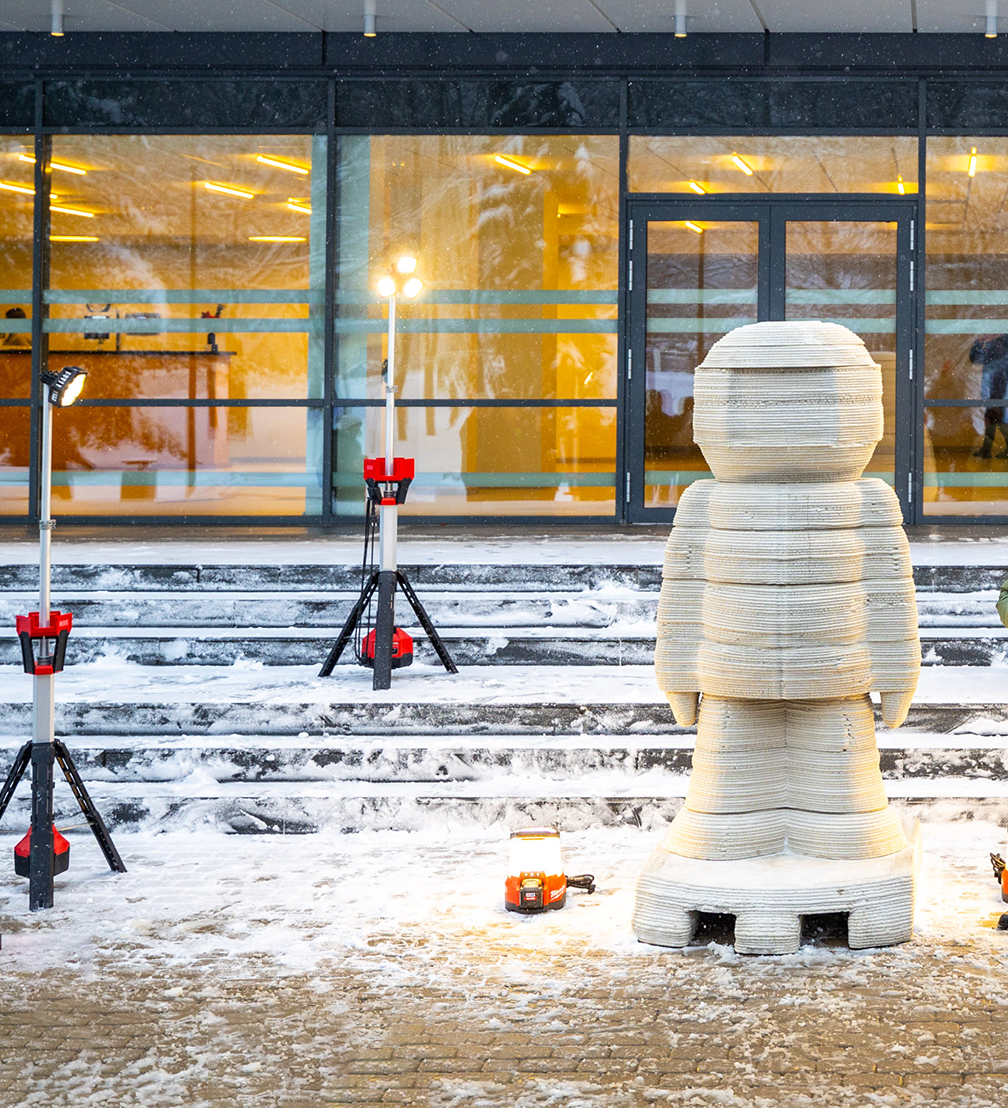
The first publicly accessible 3D concrete object in the Baltics, the more than two-metre-high mascot LabLab of the Riga Technical University’s (RTU) Science and Innovation Centre’s Design Factory, has been unveiled at the RTU campus in Ķīpsala. Combining the competences acquired during studies and the technological capabilities provided by the only 3D concrete printing scientific laboratory in the Baltics, it was designed and constructed by RTU students.
«LabLab is the first 3D-printed concrete object in the Baltics, which will be freely accessible to everyone. Our plan is to create several sculptures that will also serve as a test bed for materials and technologies for students and researchers. The aim is to introduce this innovative construction technology to the public and to inspire future engineers to think, create, develop, and find new applications for the technology. Sculptural elements are a good way to start getting to know 3D concrete, as they demonstrate the technology’s ability to print relatively complex geometric shapes with low material consumption and in an environmentally friendly way,» says Matijs Babris, a PhD student at RTU’s Faculty of Architecture.
The sculpture was created in the 3D Concrete Printing Research Laboratory of the Faculty of Civil Engineering at RTU, and the concrete mix for 3D printing was developed by Sakret, a manufacturer of building materials. It was improved in cooperation with RTU scientists, testing its strength and frost resistance in laboratory conditions. The object consists of several concrete parts held together by reinforcing bars. According to Māris Šinka, Head of the Concrete Printing Laboratory, the environmental object will allow testing the material and technology in real conditions.
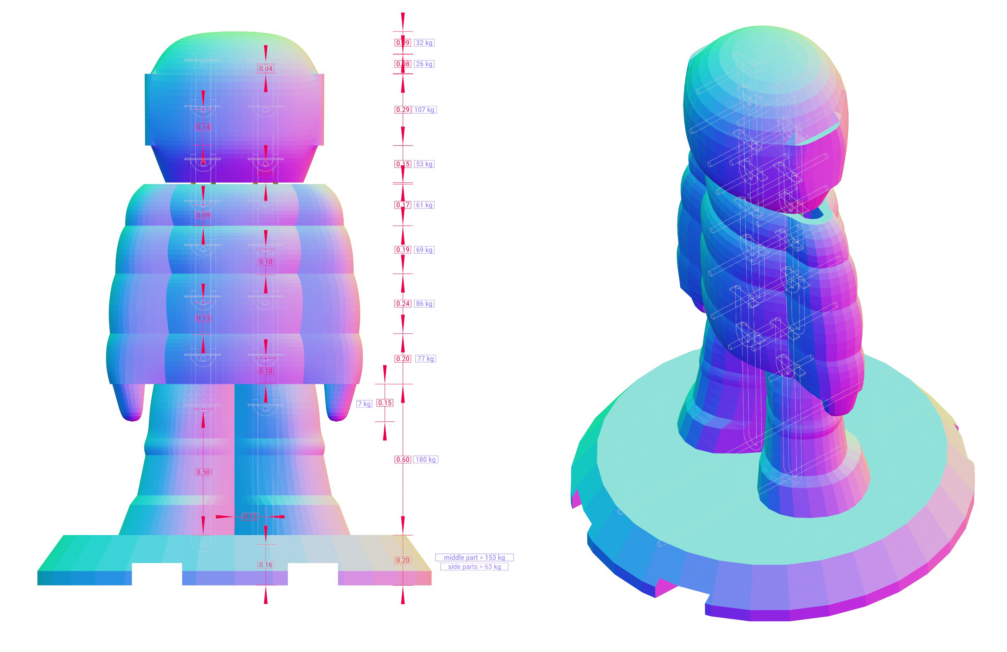
3D concrete printing would make future construction more sustainable and cheaper by eliminating the need for concrete moulds and automating construction processes, thus reducing the number of workers needed on site. The technology also offers new artistic possibilities, allowing complex shapes to be created in a relatively lightweight structure while avoiding the waste of material.
The sculpture was created by students from RTU’s Faculties of Architecture, Mechanical Engineering, Transport, and Aeronautics, as well as Civil Engineering, who created the sculpture’s visual image, designed and developed the print files, printed the parts that make up the figure, and tested solutions to securely and durably join the parts together. Lauris Krauze from the Art Academy of Latvia helped them design the sculpture, while experts from the research and innovation platform Morberga Studija and structural engineer from AB Claussen Latvia advised the students on the division and assembly of the structure.
It is planned that other sculptures will complement the first environmental object in the future. The project team is already working on a more technically challenging object, a seated LabLab. Anyone interested is welcome to see the sculpture in front of the Faculty of Civil Engineering at RTU in Ķīpsalas iela 6A.
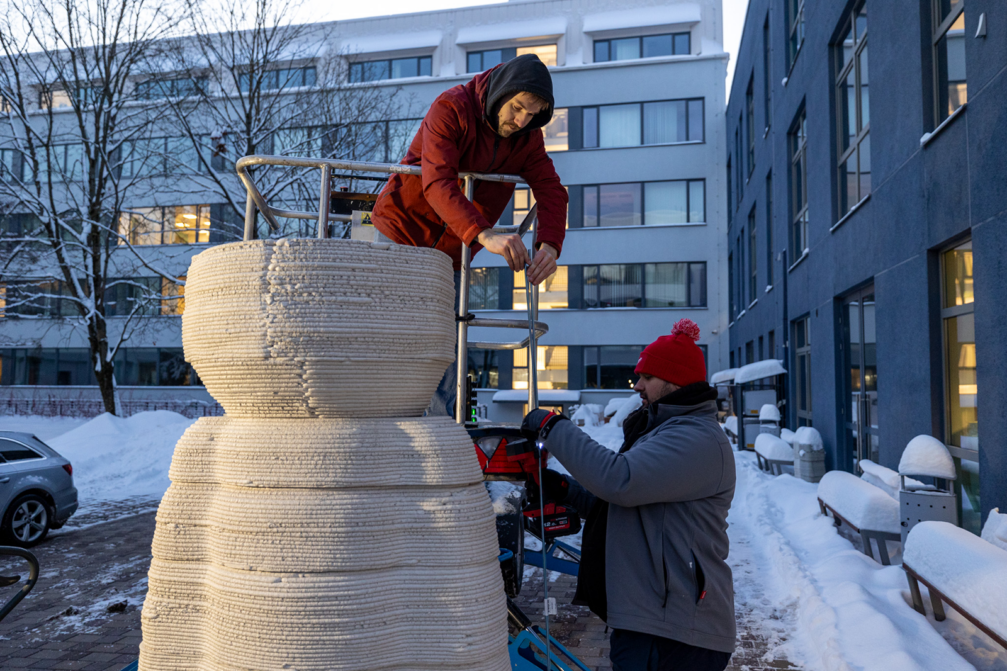
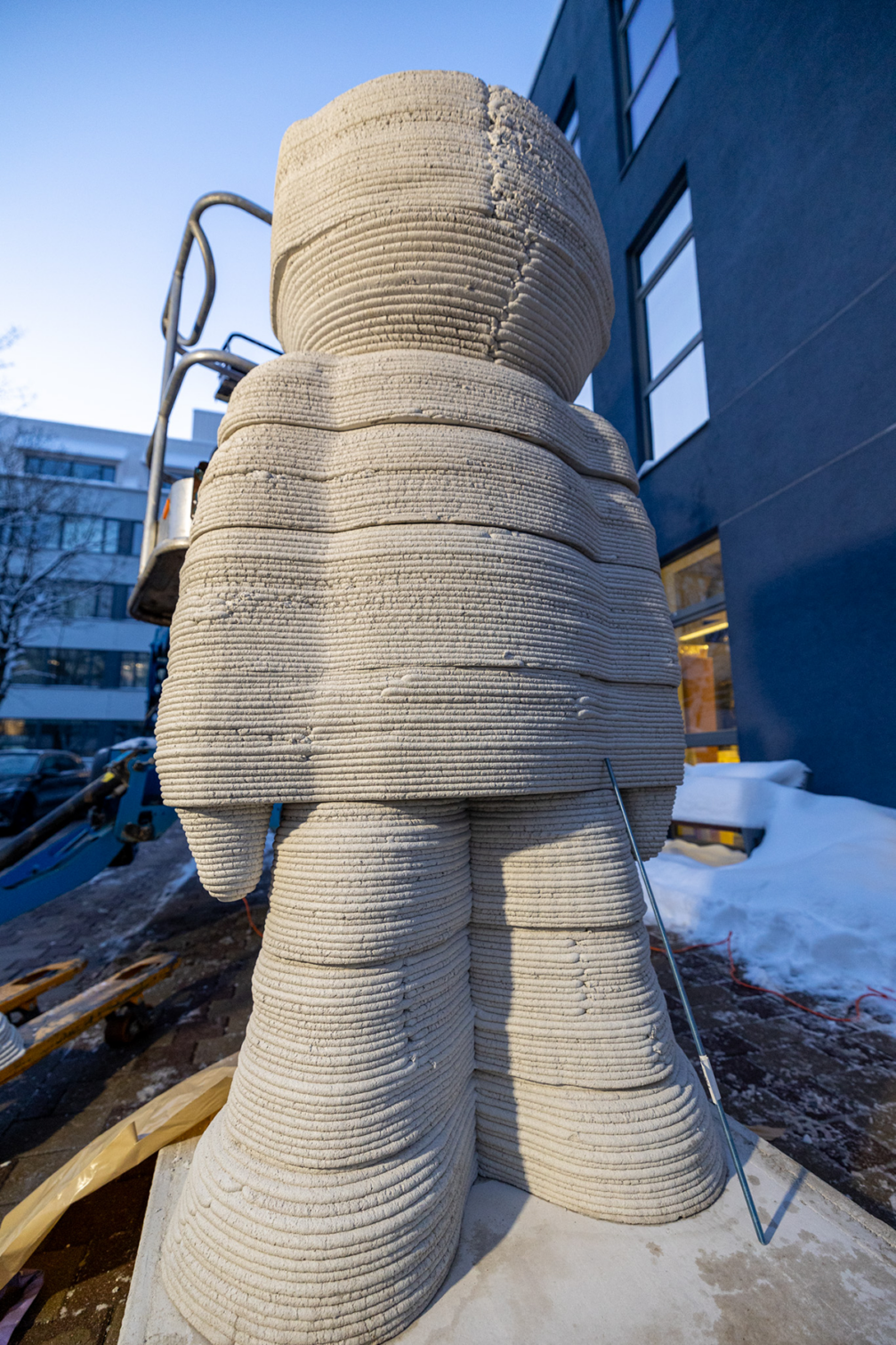
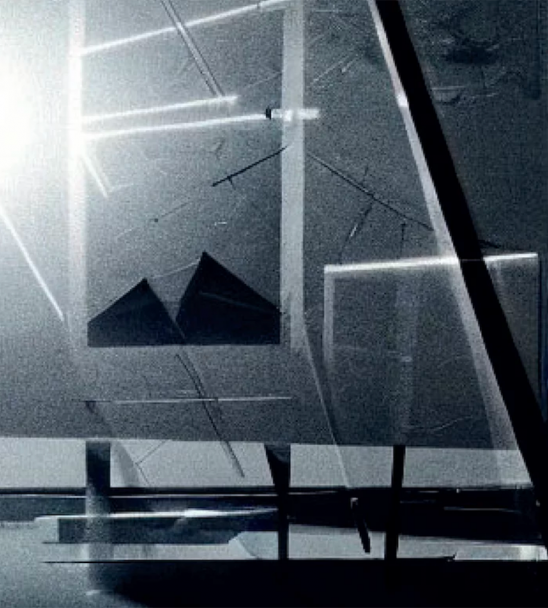
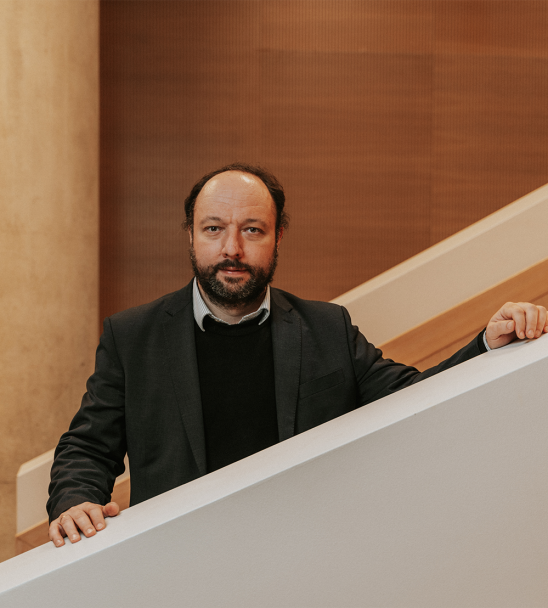
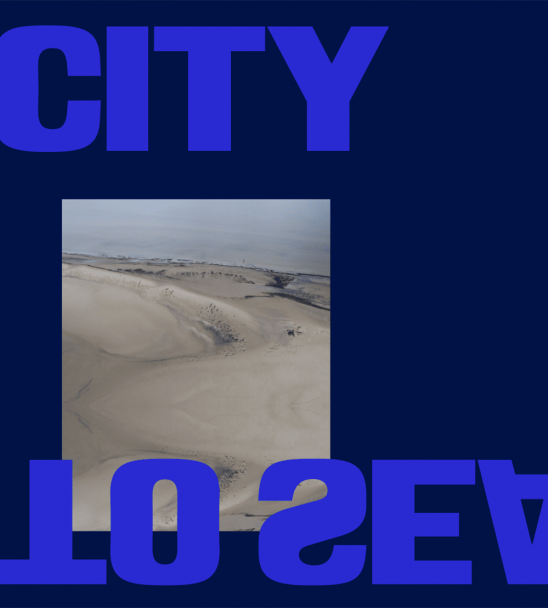
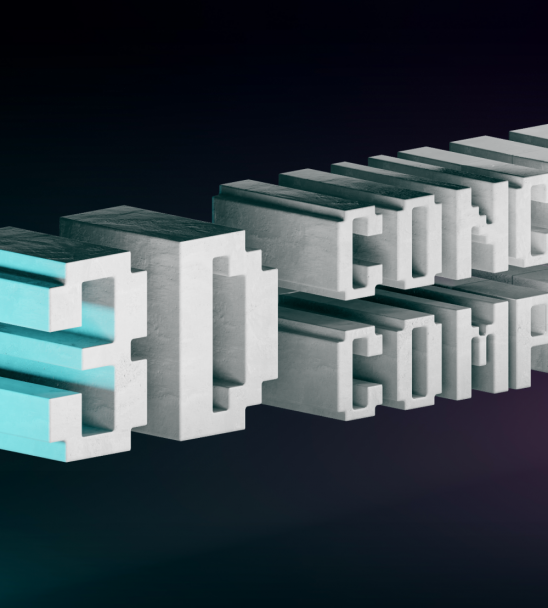
Viedokļi